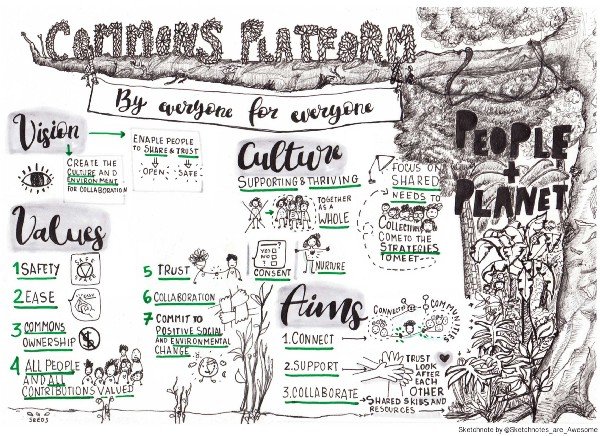Some countries are more prepared for a digital future than others. During 2014 some nations made greater progress than others. There are ever increasing opportunities for businesses to be able to leverage this to their advantage and sell to online consumers. Understanding and charting where the digital economy is moving the fastest is helpful for organisations in understanding where they could target next. This has been the subject matter for recent research by Bhaskar Chakravorti, Christopher Tunnard and Ravi Shankar Chaturvedi (2015) for the Harvard Business Review. They explain that a German company named Rocket Internet has launched many new e-commerce companies into emerging markets. Their goal is:
“To become the world’s largest internet platform outside the U.S. and China.”
To date they have launched a number of companies that look set to be extremely successful in a similar way to Amazon in the USA (and other countries) and Alibaba in China. They have launched Namshi along these lines in the Middle East, Jumia in Africa and Kaymu across a range of markets in 33 countries. Rocket Internet is braving new frontiers in the internet world and succeeding. Other investment has been ploughed by investors into India which is considered to be a tremendous market for growth. This is despite the fact that India operates to a large extent on cash. This means that ecommerce approaches are focused on cash on delivery. To understand the development of the digital market the researchers created an index to rank countries for their ability to operate in a digital economy. The index is called the Digital Evolution Index. The index sought to look at the supply side as well as demand, innovation and the role of institutions. In total 50 countries were ranked.
The researchers discovered that Latin America and Asia are experiencing the biggest boom in their digital evolutions. This is not surprising given the economic progress that these emerging regions are also making. However, some strange findings were uncovered. For example when comparing two countries that might be considered well prepared for the digital economy, Singapore and the Netherlands, it was found that Singapore continues to improve on an upward trajectory, while the Netherlands is losing ground due to its austerity measures and lack of focus on funding the digital structure.
This led the researchers to categories countries into four categories that was linked to the way that they had developed over the five years of 2008 to 2013. The different categorisations were Stand Out, Stall Out, Break Out and Watch Out. Stand Out countries were impressive in the way that they had already advanced digital development significantly and continued to do so in a positive manner. Stall Out countries had done a lot to advance digitally in the past but were found to have slowed up. Break Out countries had strong potential, but a low score at the current time. Watch Out countries seemed to be in stasis and not progressing, with not much achieved so far.
Countries identified as Stand Out were the USA, UAE, New Zealand, Singapore, Switzerland, Estonia and Israel. Stall Out countries were the Netherlands, Finland, Denmark, Norway, France and Belgium, among others. Break Out countries included India, Colombia, Vietnam, Thailand, South Africa, Chile, Malaysia and China. Watch Out Countries were found to include Slovenia, Poland, Greece, Kenya, Nigeria and Egypt. The UK was found to be somewhere between Stand Out and Stall Out. Each category of country was found to face its own challenges. In the case of Break Out countries it was identified that there may be a need to develop improved infrastructure and also to encourage consumers. Watch Out countries tended to have large populations but did not seem inclined towards reform or improvements. Innovation is needed in these places.
One important point is that those countries stalling out should place more energy into trying to get back onto an upward trajectory, or other countries, especially Break Out countries stand a strong chance of superseding them. Companies working in these markets will need to be innovative to attract the attention of consumers. Another point to consider for organisations is to follow the brave Rocket Internet approach of targeting emerging and rapidly growing markets that are increasingly sophisticated.

Paula Newton is a business writer, editor and management consultant with extensive experience writing and consulting for both start-ups and long established companies. She has ten years management and leadership experience gained at BSkyB in London and Viva Travel Guides in Quito, Ecuador, giving her a depth of insight into innovation in international business. With an MBA from the University of Hull and many years of experience running her own business consultancy, Paula’s background allows her to connect with a diverse range of clients, including cutting edge technology and web-based start-ups but also multinationals in need of assistance. Paula has played a defining role in shaping organizational strategy for a wide range of different organizations, including for-profit, NGOs and charities. Paula has also served on the Board of Directors for the South American Explorers Club in Quito, Ecuador.



























